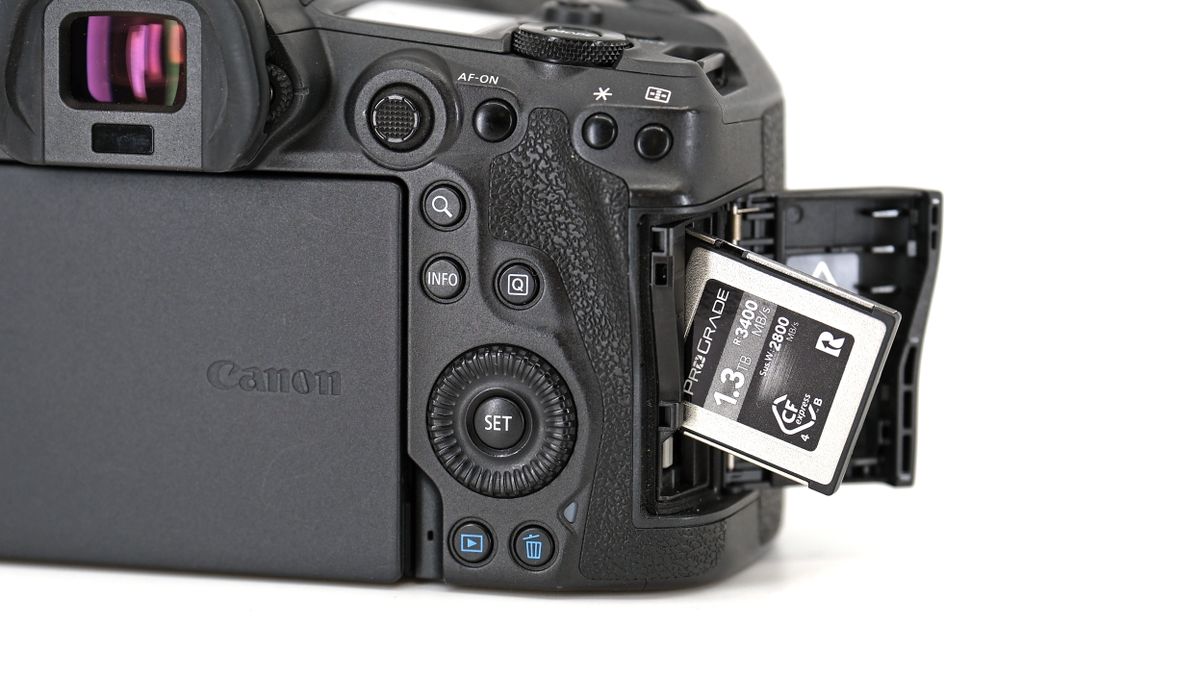JerryF
Member
Has anyone tried a CFExpress 4.0 card in their Z8/9 yet? For example this one:
https://shop.progradedigital.com/products/prograde-digital-cfexpress™-type-b-4-0-memory-card-gold
I recently upgraded my PC to support USB 4.0 and got a card reader that also supports USB 4.0. This allowed me to read/write to my current CFExpress 2.0 cards at their maximum speeds which in my case is between 1400 to 1700 MB/s. Before I was limited to 1000 MB/s due to the USB 10Gb/s limit of the card reader interface. The CFExpress 2.0 specification theoretical maximum is 2000 MB/s. Obviously these 4.0 cards cant run at full potential in a Z8/9 as the camera interface only supports v2.0 cards. BUT since these new cards support sustained writes of 2400 MB/s would it be possible for the Z8/9 to saturate its interface and write at 2000 MB/s in 2.0 mode using these cards? And if they could saturate the interface would it improve the 20FPS burst performance enough to make a difference in real world shooting?
https://shop.progradedigital.com/products/prograde-digital-cfexpress™-type-b-4-0-memory-card-gold
I recently upgraded my PC to support USB 4.0 and got a card reader that also supports USB 4.0. This allowed me to read/write to my current CFExpress 2.0 cards at their maximum speeds which in my case is between 1400 to 1700 MB/s. Before I was limited to 1000 MB/s due to the USB 10Gb/s limit of the card reader interface. The CFExpress 2.0 specification theoretical maximum is 2000 MB/s. Obviously these 4.0 cards cant run at full potential in a Z8/9 as the camera interface only supports v2.0 cards. BUT since these new cards support sustained writes of 2400 MB/s would it be possible for the Z8/9 to saturate its interface and write at 2000 MB/s in 2.0 mode using these cards? And if they could saturate the interface would it improve the 20FPS burst performance enough to make a difference in real world shooting?





